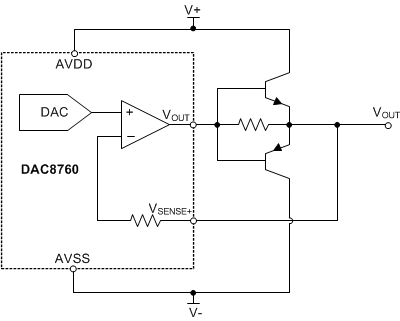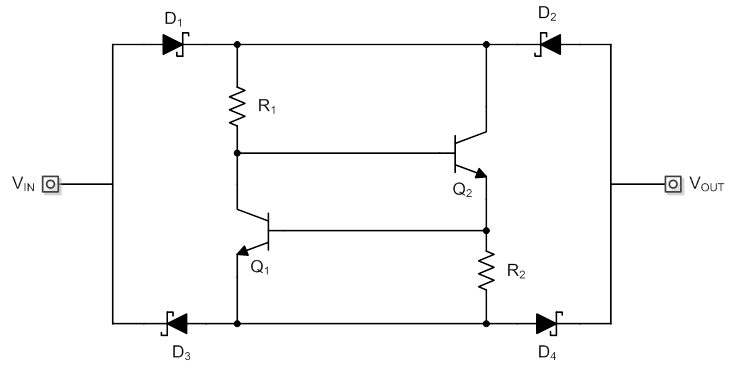Dear forum-members,
i could use some help and tips concerning some part recommondations to buffer the voltage output of the DAC8760, the DAC itself can only sink and source upto a maximum of 20 mA, but i would want to boost this up, to about 500 mA. How do i go about this, preferably without loosing the 16- bit precision of the DAC.
Any help would be greatly appreciated.
Yours sincerely,
Alex




